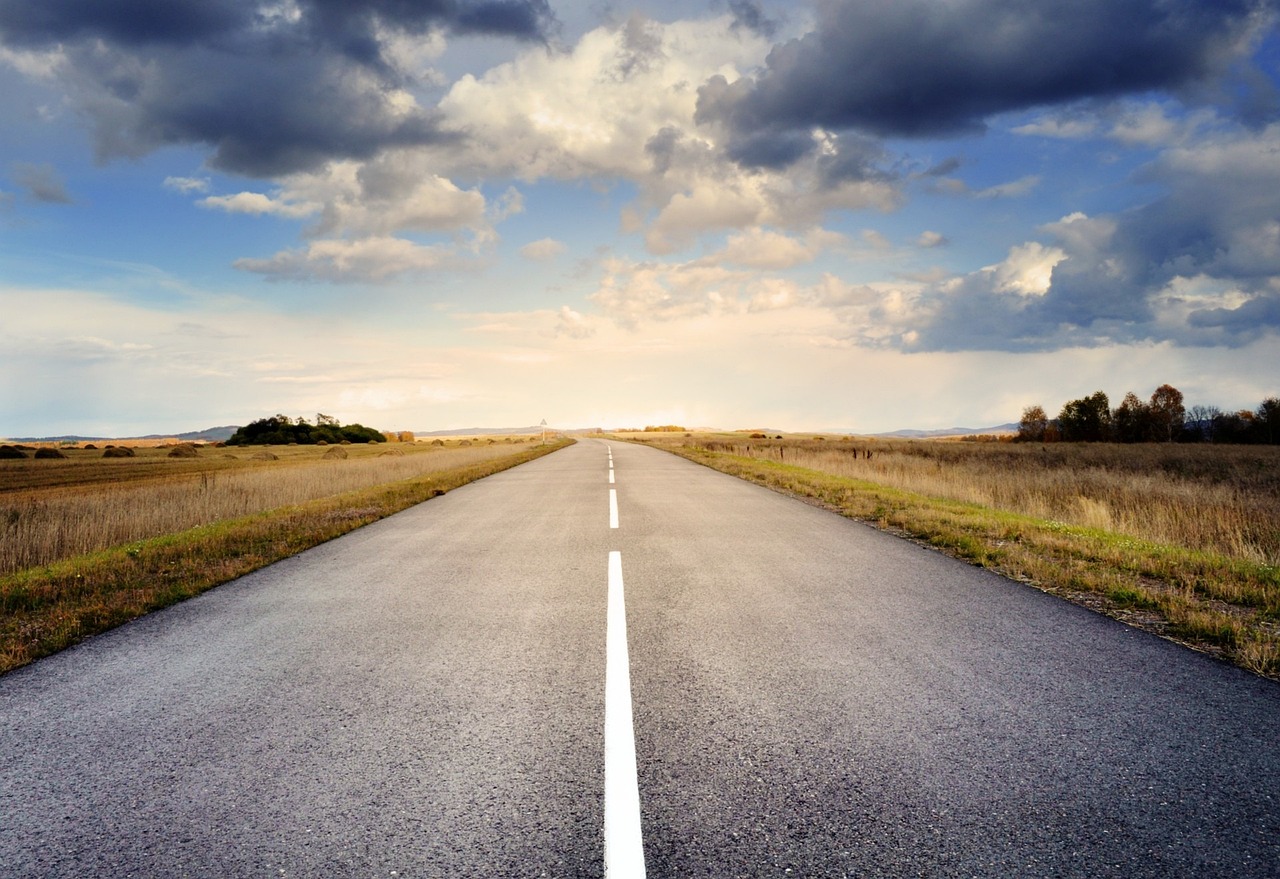#WFH: A Crisis That Remains Unresolved
By the summer 2020, everyone who could stay home was told to do so. Remote working was here to stay at least for the foreseeable future. People were confused, and felt the information they were receiving was untrustworthy, unreliable, false or misleading. Political jargon on both sides of the aisle ran rampant. Protests made international news. Governors were under pressure to open up state economies and some did. States reopened too soon, and the virus came back with a vengeance. There was no question the economy had taken a hit, a hard hit. People were confused, frightened and unsure. High Tech announced that everyone would work from home for the rest of the year and some companies like Nationwide Insurance decided that working from home was saving the company so much money and was so effective, it is a practice that will permanently continue.
The deaths from the pandemic were higher in early summer of 2020 than all the deaths from the Vietnam and Korean Wars combined. They had even surpassed the deaths from World War I. People were afraid and people were staying at home. Even as small business began to reopen, restrictions limited business activities. Everything had been affected from public transportation to prisons, nursing homes, and hospitals. Event cancellations impacted sports and religious services. Even the opioid crisis had been touched by the virus, and cases have increased. Gun sales increased, and the crime rate across the country increased including murders and suicides. The impact on education caused a crisis that remains unresolved. Some schools were determined to return to campus in the fall; others vowed to stay online and remote.
The virus shut down Broadway and major league baseball. Basketball’s March Madness was cancelled and the future of football in the fall remained uncertain. Many large events like the U.S. Open decided to go virtual and broadcast the event without anyone in the stands. The National Hockey League was cancelled, and the National Basketball League was too. They would eventually resume without fans in the stands. College athletics were halted in the spring and the fall had a scattered and mixed approach. The media was broadcasting from people’s homes using Zoom and Facetime and playing a lot of repeats. The shutdown impacted streaming services and syndicated programs alike.
By mid-summer, work in the United States and around the globe looked quite different than it had a year before. When people left the traditional workplace and went home varied by industry, but certainly by early spring everyone who could make that decision was on board with it. Some would return to the workplace; others would remain at home.
This book is the study of different individuals from a variety of industries across the United States. It reflects their perspectives on early COVID-19 and then six months after the initial shock of #WFH. These are real people. Some were prepared. Some were not. Some like #WFH, and some don’t. Regardless, everyone’s life has been changed forever. #WFH Work From Home on Amazon
#AI@Work, #WFH, #RemoteWork, #WorkFromHome, #BobbeGB, #BobbeBaggio, #ThePajamaEffect, #Touchpoints, #Virtual Workplace, #Work From Home #PJEffect, #LinkedInNewsLive





